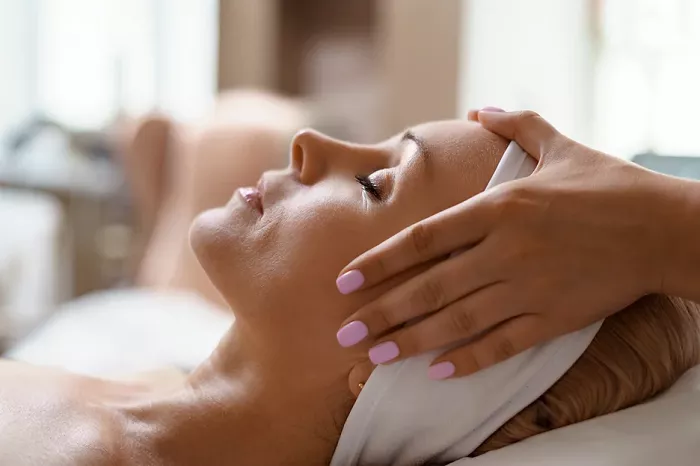Facial fillers have become a popular choice for those seeking to enhance their appearance with minimal downtime. However, post-treatment care is crucial to ensure optimal results and avoid complications. One common question among patients is whether it’s safe to get a massage after receiving facial fillers. This article delves into this topic, providing detailed insights and guidelines to help you make informed decisions.
What Are Facial Fillers?
Facial fillers, also known as dermal fillers, are injectable substances used to restore volume, smooth wrinkles, and enhance facial contours. Common types include hyaluronic acid-based fillers like JUVÉDERM® and Restylane®.
How Do They Work?
These fillers are injected beneath the skin to plump up areas that have lost volume due to aging or other factors. The results are immediate, but the fillers need time to settle and integrate with the surrounding tissues.
The Importance of Post-Treatment Care
After receiving facial fillers, it’s essential to follow specific aftercare instructions to ensure the best possible outcome. Improper care can lead to complications such as filler migration, uneven results, or increased swelling and bruising.
Massage After Facial Fillers: Is It Safe?
General Guidelines
Most experts advise against massaging the treated area immediately after receiving facial fillers. Applying pressure can cause the filler to move from its intended location, leading to suboptimal results. It’s generally recommended to avoid touching or massaging the area for at least 24 to 48 hours post-treatment.
Specific Scenarios
- Facial Massages: Avoid facial massages for at least two weeks after treatment. Massaging the face too soon can disrupt the filler placement and increase the risk of complications.
- Body Massages: If you’re considering a body massage, ensure that no pressure is applied to the face. It’s advisable to wait at least 24 to 72 hours before getting a body massage to allow the fillers to settle properly.
When Is Massage Beneficial?
In some cases, gentle massage may be recommended to address specific issues like lumps or unevenness after filler injections. However, this should only be done under the guidance of your healthcare provider. For instance, light massage techniques may help smooth out the treated area, but only after a certain period post-treatment.
Best Practices for Post-Filler Care
- Avoid Pressure: Refrain from applying pressure to the treated areas, including sleeping on your face or wearing tight headgear.
- Stay Upright: Keep your head elevated for the first few hours after treatment to minimize swelling.
- Limit Physical Activity: Avoid strenuous exercise for 24 to 48 hours post-treatment to reduce the risk of swelling and bruising.
- Follow Professional Advice: Always adhere to the aftercare instructions provided by your healthcare provider.
Conclusion
While facial fillers offer a quick and effective way to enhance your appearance, proper aftercare is vital to ensure the best results. Avoiding massages and other activities that apply pressure to the treated areas for the recommended period can help prevent complications and maintain the desired outcome. Always consult with your healthcare provider for personalized advice tailored to your specific situation.


